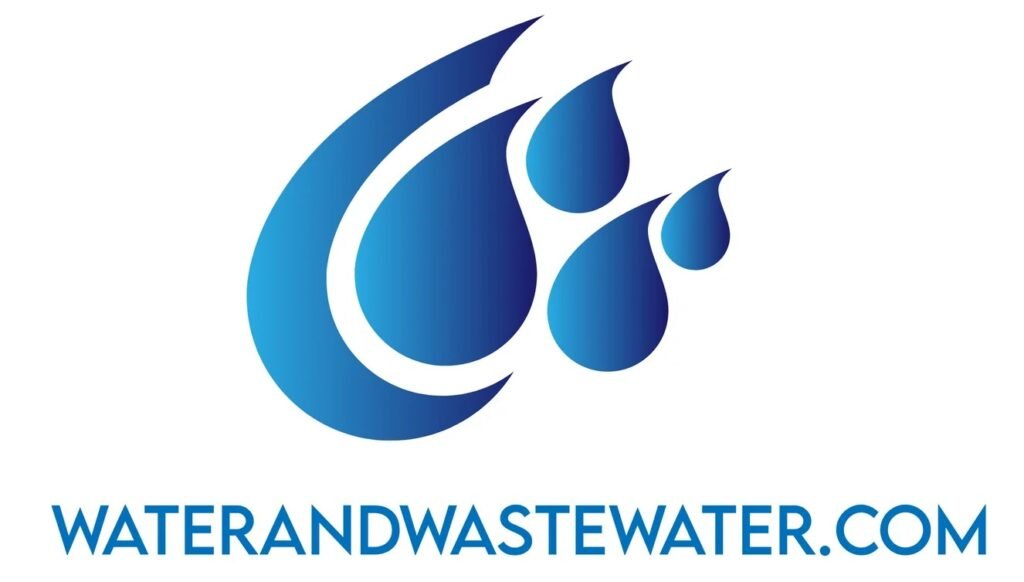Tag: water
The Southside Wastewater Treatment Plant: An Unsung Hero of Public Health and Environmental Stewardship Introduction Modern urban life generates a plethora of waste products that need careful and responsible management. One of the critical aspects of this waste management is the treatment of sewage and wastewater to ensure that it does not pose […]
The South Bay International Wastewater Treatment Plant: Bridging Borders through Environmental Engineering Introduction Water, the essence of life, flows intricately through the landscapes of our planet, disregarding the borders delineated by human politics. Keeping this precious resource pure, especially as it traverses international boundaries, demands collaboration, innovation, and unwavering commitment. The South Bay […]
A Comprehensive Insight into the South Austin Regional Wastewater Treatment Plant In the modern era, effective water management and waste treatment are pivotal for the sustainability and livability of urban areas. Wastewater treatment plants serve as the linchpin in transforming wastewater back into a form that can be safely released into the environment or reused. […]
Unearthing the Science Behind Sonoxide Ultrasonic Water Treatment Introduction As the global population intensely grows and urbanizes, the demand for sustainable water treatment solutions becomes ever more paramount. Innovations in technology continually shape the landscape of water treatment, a sector critical to public health, industry, and agriculture. Among such groundbreaking technologies is the […]
Sludge Stabilization Methods: A Comprehensive Overview Introduction The sustainable management of sewage sludge is a critical concern in wastewater treatment processes. Sludge, the byproduct from the treatment of municipal and industrial wastewater, is rich in organic matter, nutrients, and potential pathogens. Without proper treatment, sludge can become a liability due to the environmental and health […]
Introduction to Sludge Dewatering Centrifuges Sludge dewatering centrifuges play a critical role in wastewater treatment and various industrial processes. These sophisticated devices are employed to separate solid particles from liquids, significantly reducing the volume of waste that needs to be managed. This extensive article explores the fundamental principles, design considerations, operational benefits, applications, technological […]
Understanding Slant Plate Clarifiers: An In-Depth Look at Design, Functionality, and Applications Introduction Water and wastewater treatment processes require highly efficient systems to ensure that contaminants are removed effectively and that the treated water meets regulatory standards. One such system that has gained widespread acknowledgment in achieving these goals is the slant plate clarifier. Designed […]
Single Compartment Septic Tank: Understanding Design, Function, and Maintenance Septic systems are essential for the treatment of wastewater in areas where centralized sewage systems are not accessible. Among the various designs of septic systems, the single compartment septic tank stands out for its simplicity and effectiveness in managing domestic wastewater. This article explores the […]
In recent years, the field of wastewater treatment has witnessed a transformative shift with the integration of artificial intelligence (AI) technologies. As our urban centers grow and industrial processes become more complex, the challenge of effectively treating wastewater has never been more critical. Enter AI – a powerful tool that’s reshaping how we approach water […]
Should My Chlorinator Be Full of Water: A Comprehensive Analysis Swimming pools, whether residential or commercial, require meticulous care and consistent maintenance to ensure they remain clean, safe, and enjoyable for users. One of the crucial elements in pool maintenance is the chlorinator, an invaluable tool that ensures the proper dispersal of chlorine, a […]
